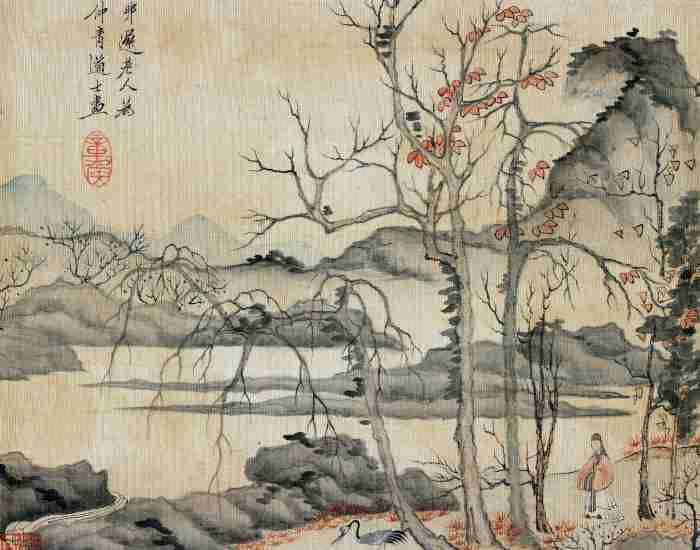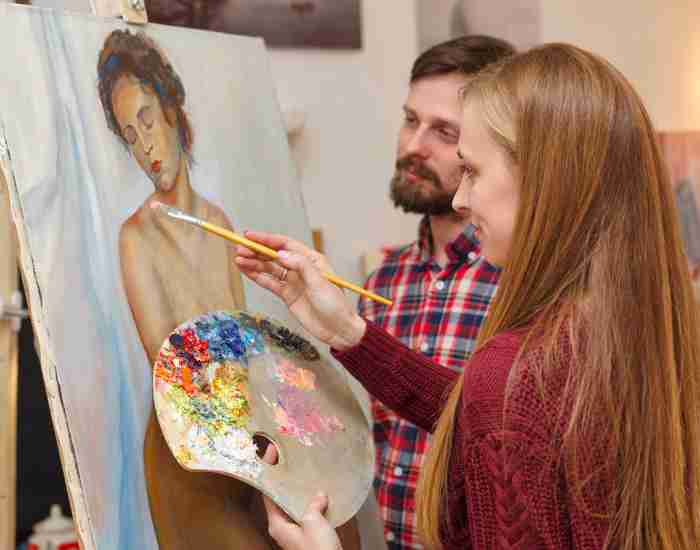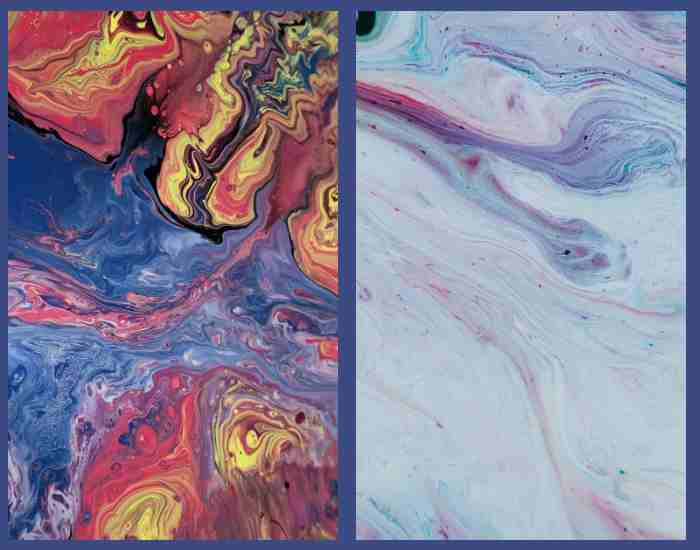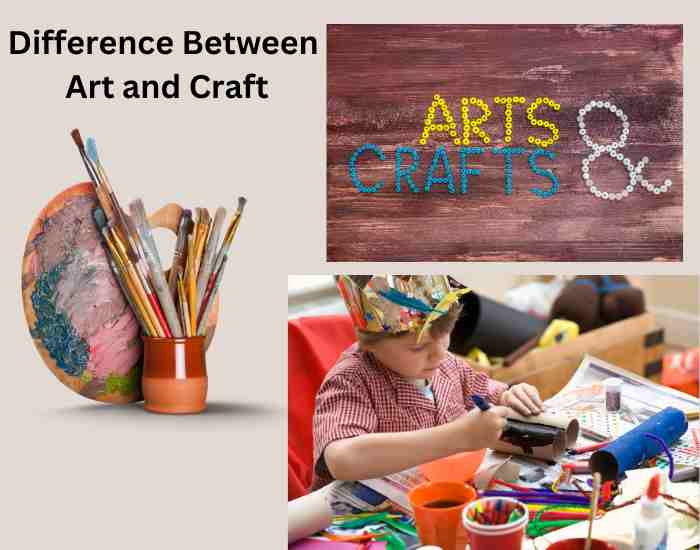Sketching is not only an expression of one’s artistic skills, but it is also an acquired skill that involves ‘drawing the basic shapes’ that lay the groundwork for all pieces of art. It is an essential part of the whole as one creates before one recreates. However, it does not matter if you are a starter or an advanced level. What’s important is getting the basics right.
When constructing a building, for example a skyscraper, do you start constructing the upper floors without creating the base? The base is crucial, similarly there is a need to learn the basic requirements before working on differently styled drawings. Ideas may be different, but the basic skill sets would remain the same, it is solely up to the artist to manage them and portray them in their piece of work.
In this post, we will go step wise to dissect the necessary practical skills such as lines and angles which are of utmost importance when sketching a basic idea. Once the basics have been covered, we shall peruse other more advanced ideas such as how to use the shadows as well as how to make a drawing with the right perspective. Gather your tools, and let us paint the world with ideas.

What is sketching?
In its simplest terms, sketching is a quick drawing that makes it easy to record an idea or concept or even explain something that has been seen. It doesn’t have to aim at perfection but rather allows the artist to freely express him or herself. As a visual language, sketching assists in articulating lines, shapes, and textures. In every corner of the art world, sketching is particularly appreciated since it is simple, versatile, and is enjoyed by everyone regardless of skill level or background.
- Power of Lines and Shapes: Lines and shapes are the basic elements of any sketch as all the other features are constructed on these elements. Lines are always used to show movement, direction and form, as shapes imply space to be contained. When the artist knows how to make use of lines and shapes, it is possible to give an illusion of depth and perspective or even a realistic view in the sketch. Every aspiring artist who wants to learn about sketching surely needs to comprehend and practice beginning with forming shapes, angles, and lines and later inserting shading or highlights.
- Importance of Practice: As with any other skill, sketching is mastered through constant practice and effort. The practice helps not only touch the technical aspects but also adds on the creative, the observative, and the problem solving skills. With regular sessions of drawing, the artists develop muscle memory, hand-eye coordination and abstraction of their artwork. Be it life-drawing or drawing from memories or even images and reference pictures, every single stroke of the pencil seems to contribute towards development and improvement. Understanding the process of practice is crucial to realizing one’s full potential as a sketch artist.
- Tools and Materials: Before we begin with our sketching let us get familiarized with some tools and materials which we will need to transfer our creativity from the mind to the paper. The sketch artist’s tool of choice is of course the pencil. Pencils come in different grades of hard and soft materials and are great for line work and shading. Also, buy an acid-free sketchbook to give your sketches a wide life span. It is important to have other materials too such as erasers for mistakes, pencil sharpeners, and rulers for making straight lines and precise measurements. On the other hand, as you develop a style you can apply different mediums such as ink, charcoal, or digital tools. With all these materials and tools, now you are all set to kickstart your creative journey of sketching.
- More Post: What is Pencil Drawing Demystified?
- More Post: Depths of 25+ Shades of Purple: Diving into the Kaleidoscope

Exploring Techniques
Fundamentals of Sketching: To draw eye-catching sketches it is very important to understand some basic techniques which are the basis of your graphic work. One of them is line weight, which is the variation of thickness and darkness of lines, reinforcing their volume and importance and defining the structural detail of the image. By modifying the weight of the line, the artist will give shape and movement to the drawing. Another very important technique is shading, in which artists draw by applying varying pressure with a pencil or leave hatch marks to simulate shadow and light. Since lights and shadow are essential features, it becomes possible for an artist to create form, texture and mood in drawings. Finally, the understanding of perspective makes it possible for an artist to draw convincing sketches with correct relations of elements in space. It may be one point or two or three point perspective drawing. Understanding the principles of perspective makes your artwork more convincing and believable.
Progressive Tutorials: The best option for learning the techniques of sketching, which can be complex and sometimes intricate, is going through tutorials that are arranged in a stepwise progression. The texture shows how to sketch the basic objects, animals, as well as human characters in a very systematic manner beginning in a rough outline and ending with the final details. These tutorials provide step-by-step instructions and illustrations for people able to grasp the fundamentals of sketching or those who are already professional artists in search of new ideas. The aim of these tutorials is to assist the learner to go from sketching the simplest bulges gradually to the more complex drawings involving details to alter the proportions. Artists just have to follow the given tasks in the tutorials, practice for some time and they will be able to sketch whatever is in their imaginations.
Let’s look at the meaning of proportions: The use of proportions helps comprehensively not only in creating two dimensional sketches, but also in their beauty. This makes it necessary to establish proportions between the different parts even when performing a simple accurate and believable rendering of a human figure, an animal or an object. One way for artists to overcome this challenge is to learn about anatomy and practice with reference images. Proportioning is a skill that can be learned, and reference images and anatomical studies help artists create accurate representations of their subjects. Also, getting to know the fundamentals of human anatomy such as the skeletal structure, muscle groups, and measurements of the body will vastly improve your capacity to draw realistic figures and facial portraits. Oversaturation or mastering proportions allows them to punch the sketch into a picture from a picture to a piece of touching art through its deep connections with the audience.
Adding Detail and Texture: Sketches are always devoid of life until they are brought to form by adding detail and texture. Wrinkles, folds and textures are forms of detail that can bring volumetric appeal to your sketches or drawings and make them interesting to look at. There is no doubt that adding realism to sketches through volumetric nuances such as the texture of a bark, softness of fur or proportions of one’s face can be done, only if you have a detail oriented observation and the patience to practice. For instance, techniques including contour drawing and gesture drawing can be efficient as they incorporate just the basic lines and shapes to convey the essence of the subject. There is also the option to explore using several tools in addition to the basic pencil sketch, including stippling, cross-hatching and smudging, which can enhance the overall visual appeal of the completed sketch. Artists can take their sketches to the next level once they have internalized the various techniques in adding detail and texture, and leave an impression on their viewers.
Getting Started
- Creating Your Persona : Each artist has their own voice and one or perhaps more elements that make them different from others. For a novice it’s best to try out all kinds of methods, themes, and mediums until a style is found. Mistakes are a part of discovering art, as much as breaking rules, so do not get disheartened and don’t be afraid to steer from common paths. Continuous practice and revelation will help you start finding squemata, tastes, and themes that are yours. Whether they are broad and loud strokes or thin fine detailed corners, own what feels right at the moment and allow your art to develop freely with time. Always bear in mind there are no guidelines in artistic practice, only opportunities ready to be grasped.
- Searching for Inspiration: One of the interesting facts about inspiration is that it can be found in almost anything. Be it artwork, nature or even new experiences and cultures, the world always has something new to offer. Inspiration, however, requires a little effort to find — it takes some exploration or even deep thoughts. The understanding of the grandness and prettiness of the world can instill profound thoughts. Such feelings might urge you to have a passion for drawing or achieving some other artistic form. A sketchbook can be your best ally, it can allow you to save those sudden bursts of ideas and practice which would otherwise go unnoticed. When the universe feels like it should bless you with a good idea, even the smallest of experiences can be converted into something amazing. It is all up to the mindset you would like to keep.
- The Significance of Criticism: As an artist, one of the best tools for growth is the feedback one receives from other people. Such feedback, whether from colleagues, experts, or teachers, allows you to pinpoint issues that require growth, addresses problems that need to be handled, and improves your practice. Therefore, don’t be shy to ask for feedback or present your work to audience because through such criticism, learning processes are heightened. Having a good mindset of what feedback is and fulfilling the goal of speaking it restarts the cycle of transformation for a person or an artist. For example, when you ask for feedback and use that to improve your workflow, this not only enhances your skills but also brings new revelations regarding your perspective and approaches to your art.
What Pencils Should Beginners Use?
A pencil is your most essential tool as an artist, thus it is important for you to know what pencil suits you best. Pencils come in a range of types, each with a unique purpose. For drafting purposes, mechanical pencils are the best since they are consistent and precise. On the other end of the spectrum are traditional wooden pencils which range from 9H (hard) to 9B (soft). More focused sketchers would categorically appreciate having these ranges as they assist in achieving a degree of shading that fits the project. Popular grades among beginners are thus HB or 2B, as they are smoother and harder making sketches far easier to draw. Pencils enable artists to achieve finer control on details and create effects with shading. While trying to discover your ideal sketching pencil be sure to not concentrate too much on a single gradient, as using fibrant colors in sketching can produce visually stunning results. The most comfortable pencil would be the one that is ideal for you as an artist.
How can I clear an artist’s block?
But wait! I would really like to tell you that artist’s block also referred to as a creative block is very regularly there with every artist from time to time and the best way to deal with it is to use these methods, believe me. First and foremost, don’t let the bones of your hands bar you from taking a rest from your work. It is important to understand that Mental blocks or Creative blocks can be easily dealt with by giving yourself permission to rest. One more thing, it is good to try some other subjects or techniques that are new to you. Trying new mediums, styles and themes that you have never thought of will help you pave new paths in your life. Try drawing exercises or drawing prompts to make your body active. Visited galleries, reading books, nature walks are all sources that is essential to derive inspiration. And the most important part in the entire creative dimension is self- patience and keeping trust, trust, oh, the word is so important, trust in the process. Keep in mind creativity is like a road it has a start and end but days of struggle trying to succeed are nothing but blocks that simply help you go out of your comfort zone!
In your point of view, how long does the sketching process take before one say someone can master it?
To be able to say that the sketching has been mastered is a different journey for different kinds of artists. Some artists may pick it up quickly with the proper practice while others might require a longer time period to perfect the art and discover themselves. Mastering the sketching art requires one to practice consistently be patient and determined. It is very helpful to have realistic expectations and an understanding that some things take time to complete. Novice artists should perfect the basic skills of line work, shading, and perspective to be able to later develop them into advanced ones. You should make it a habit and practice every day even if it for 10 minutes to one hour to aim several times to go out of your comfort zone with each drawing. Ask your friends or teachers to spot the areas you need to work on, and continue pushing yourself to new themes and new challenges. What this means is that achieving the ‘mastery’ phase is not the end, rather a never-ending cycle of challenges and learning. As long as you are devoted to your practice, and do not shy away from the sketching process, you will keep evolving.
Conclusion
Before we conclude, they all created an opportunity for there beginning and remember where they started. It would be imperative if you could get into the right zone for yourself before claiming the identity of being an artist. All the began, from where he remotely sound like an artist and lost that hustle in transitions of time through basic scratching of art onto the canvas. You pen down every possible idea or scribble you made on multiple canvases. If you look back to where you started then so much would have changed now if the past would have been attempted. It is a journey that consists of milestones marked with creativity and in such endeavor passion is an integral trait.
The next portion of your drawing journey begins now. While never cease to develop your skill and broaden your various art horizons, don’t be afraid to look for more resources and opportunities for self-improvement. Go to art exhibitions, participate in master classes, engage in online forums — and step into this fascinating world of art. Ask other artists for inspiration, listen to their words, and share their experiences to help you create. And most importantly, remember — believe in yourself and in your artistic capabilities. With the right mindset, determination and passion to accept new challenges, your artistic journey has no boundaries. So ahead you go, and start sketching with that in mind.






